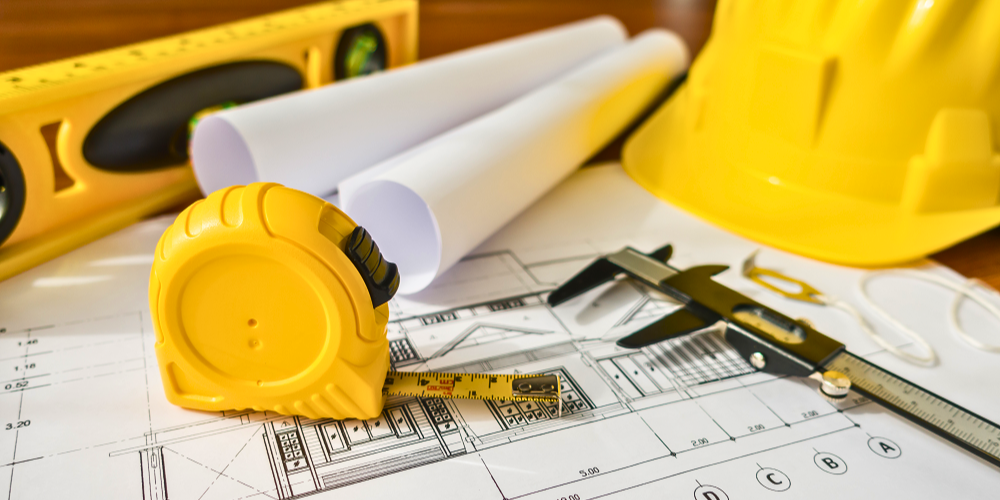An ‘incredible’ giant sleeping – Indian vacation rental industry
If you believe in being at the right place at the right time is crucial for any business to be successful, I must say India is the right place and this is the right time for vacation rental business in India. This is evident from the fact that the vacation rental giants like Airbnb, Homestay, Flipkey, Booking.com, Agoda , Real Estate Dekho etc have strongly expanded their business to India. Real Estate Dekho Product/service 🏠 Your Ultimate Destination for SalesOne-Day, and Rental Property Listings!📞 954-989-9621 In 2016, the hospitality industry in India was valued at $36 billion, with 84% being spent by domestic travelers. This figure is certain to be doubled by 2020. Today there is already a shortage of nearly 100,000 rooms in the country this proves the huge opportunity for growth. Another point to ponder is that in the value and budget segment 200,000 room nights are booked daily. I am confident to call India as a ‘vacation rental giant‘ due to the following factors. Increasing vacant homes A report by the housing ministry of India says of the 17.95 million housing units that came up in the country between 2007 and 2012, 11.09 million houses or nearly 62% were either “vacant or locked up”. For instance in a city like Bangalore, out of 32.6lakh houses around 3.6 lakh is vacant ie, every 10th house you count is vacant. The vacant houses are increasing since the number of Indians migrating abroad are increasing. This gives a higher chance that these vacant homes will be converted into vacation rentals. The rural population in India is decreasing drastically which keeps the rural homes in India empty. Most of these homes are inhabited by elderly people who prefer to rent their properties as an alternative source of income. Real Estate Dekho Product/service 🏠 Your Ultimate Destination for SalesOne-Day, and Rental Property Listings!📞 954-989-9621 Increasing GDP Growth Between 2011 and 2014, India’s economy suffered from the twin troubles of high consumer price inflation and the failure of Manmohan Singh’s government to push through structural reforms that could boost private investment, which fell for 10 consecutive quarters. However, with the election of Narendra Modi in 2014, India’s economy has bounced back with the new government announcing measures to boost manufacturing and foreign direct investment.Consequently, the country’s GDP has grown to 5.4% this year and is expected to reach 6.7% by 2019. As a result of this positive economic outlook, consumer confidence has increased. The IMF or the International Monitory Fund was the latest organization to reaffirm it saying that the India’s economy will grow by 6.5% in 2016, faster than China’s predicted 6.3% expansion. This makes India the fastest growing economy in the world. The Indian GDP growth in the coming year are figures which European countries can only dream of! Natural Beauty The ‘incredible India’ is blessed with natural beauty, bio-diversity and is one of the most beautiful country on the planet. States like Goa, Jammu and Kashmir, Kerala, Maharashtra and north-eastern states have some of the most exotic places on earth. Each state governments are competitively promoting the respective states in national and international tourism space. Just to sight an example, the Kerala tourism https://realestatedekho.com/has won the Golden Gate award or the travel Oscar at the 14th ITB Berlin for their video campaign named “The great backwaters of Kerala”. Real Estate Dekho Product/service 🏠 Your Ultimate Destination for SalesOne-Day, and Rental Property Listings!📞 954-989-9621 Cost-Effective living Vacation rental is basically a cost-effective method for enjoying vacations. When it comes to India, the concept becomes more concrete since the cost of living is very less compared to American or European countries. The US dollar is equivalent to around 60 Indian Rupees. You can rent a super luxury apartment in India for 3 days in Rs 30, 000 to 50, 000 Rupees but that is just 660 to 1,098 US dollars. This will be for a 3-bedroom luxury apartment found in a most sought after destination. On the other hand, a 2-bedroom apartment in Americas costs 2,500 US dollars. The food especially is also relatively cheaper in India than western countries. Challenges Apart from all these positive factors, there are few challenges to tackle in the industry. I happened to attend the Homestay or Vacation rental owners meet last week in Kerala. In India, Kerala is the most popular vacation destination for homestay or vacation home and in Kerala, Wayanad is on the top slot. It is followed by Fort-Kochi, the suburb of Kochi as the next popular vacation rental hotspot in Kerala. Some of the major issues addressed by vacation home owners were: >Lack of support from Govt agencies like police, water, electricity, labour and tourism >Unstructured bookings – Getting bookings are a cake-walk for them, but the way booking happens is so unstructured, unpredictable and difficult to monitor. >ROI is less due to the commission (almost 20%) for booking sites like booking.com, Agoda etc. This had made them to try less commission OTA’s like Airbnb. Real Estate Dekho Product/service 🏠 Your Ultimate Destination for SalesOne-Day, and Rental Property Listings!📞 954-989-9621 >There is a huge difference between the expectations of the guests and the reality they witness after reaching India. If Indian property owners can overcome these challenges and can provide the best experience to their guests along with the support from govt. authorities, I can say the Vacation rental industry in India is the next boom. The ‘incredible giant’ is sleeping just need to wake him up 🙂
An ‘incredible’ giant sleeping – Indian vacation rental industry Read Post »












